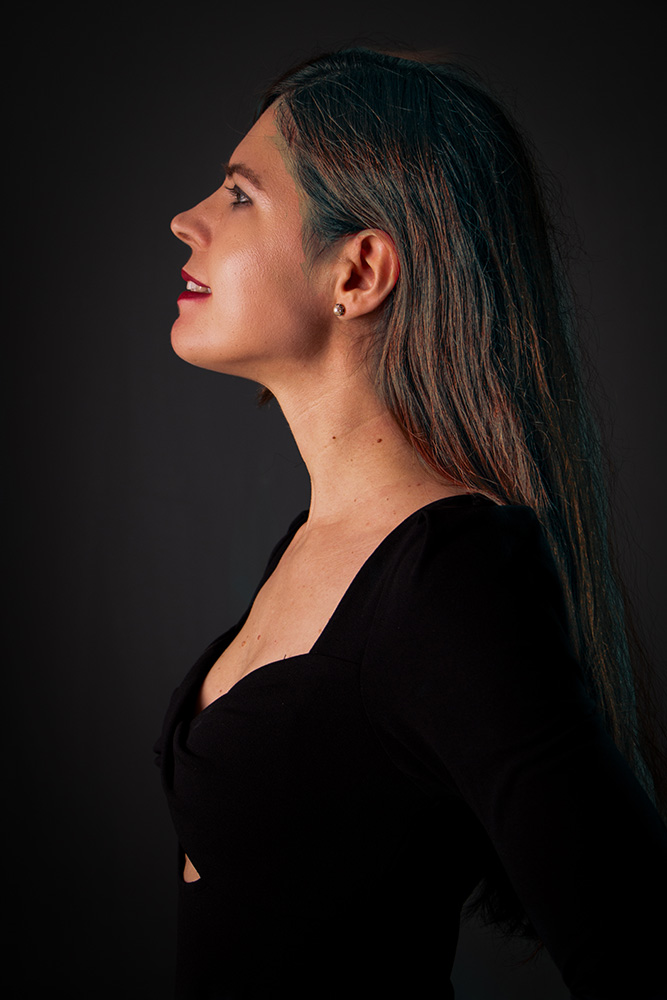What make advertising video production different? Videos allow people to visualise using your products, business, or services, getting a TV advert on air or online advert allows companies to build trusted brands and boost sales by putting their product in front of huge numbers of customers. Though the video production methods have advanced in recent years the process for TV commercial production is the same: careful planning, efficient shooting, and sharp editing. However, the industry normally divides the process to 4 major phases, Creative consultation, Pre-production, Production and Post-production.
1: Creative Consultation for video advertising production
In this phase we agree the concept with the client and write a Creative Brief, the job is to listens to everything the client is trying to achieve and then writes up a brief which needs to include:
- Objectives – is this a new product launch? Are you looking to drive immediate response?
- Message – what is the one clear message you want to get across in the Ad?
- Target audience – who are you trying to reach with your campaign?
Standard requirements include:
- Brand guidelines – is there a look or feel which needs to be incorporated?
- Format – where will this commercial be seen? How long must it be?
- Budget – how much have you got to spend?
- Timing – when should the campaign run?
Step 1a: Creative concepting
Once there is consensus on the creative brief, the creative team will produce several concepts/ideas that answer the brief in different ways. It’s important that the brief contains as much detail as possible as this is what the creative team will use to spark off ideas and come up with concepts. They may vary by tone, messaging hierarchy or by production approach e.g. animation versus real actors. All proposed ideas will aim to achieve the objective as set out in the brief. Be incredibly careful of the claims you make in adverts. Not to mention the colours must be graded a certain way and all must go through various stages of approval.
2: Pre-Production of video advertising
The pre-production process includes scriptwriting, location scouting, prop collection, hiring actors, equipment renting and creating shot-lists. When the concept has been agreed upon, the creative team will write up the script and possibly produce storyboards to show the visual intent for each frame. The script will provide context, so we know when and where each frame is set. It will also include all speech, voice overs, acting notes and supers (text that’s placed over the visuals). The storyboards convey the visual intention that helps to tell the narrative. It will show things like camera angle, focus point, camera movement, any visual type treatment and more. These can be accompanied by mood films and images so that both production team and client understand the visual intent. When both the team and the client is happy with the script, the client approves it. It’s somewhere between settling on a concept and moving forward with a finished script that I find the advert changes the most, and it is good that it happen in this phase as you do not want any changes later on in production phase as it can make the project much more expensive.
Whether we’re filming anything new or just making changes to something old, the script must be sent off to ClearCast (https://www.clearcast.co.uk/) – they’re the people that read through the script and decide if what we’re saying is allowed on TV, it usually takes somewhere between 2 – 7 days to get a response from them, however if you are just producing the video for internet you don’t need their approval.
After that the script has been approved, there are some reviewing process involved. This involves making choices about:
- The Director – who will bring the script to life?
- The Talent – who are the right actors or voice overs (age/sex/look) for the commercial?
- The Music – what music enhances the script or is a memorable jingle require for brand? Does the Ad require any sound effects to enhance the narrative?
- Location – what should the set look like or does the commercial need to be set outdoors or in multiple locations?
- Food styling/ wardrobe/ prop stylist – Who do you need to set to bring it to life?
3: Production of video advertising
The actual shoot can last anything from one day to several weeks depending on what is involved. Similarly, there can just be a skeleton crew, or a sizable entourage. Whilst this is often seen as the glamorous side of advertising, production can often be very slow, with a lot of hanging around during the Director’s quest to get the look of the Ad as envisioned.
4: Post-Production video advertising
Includes all video editing, sound editing and exporting of the TV commercial. Once the footage has been shot and complied into the rough cut of the commercial, it will be finessed into the final Ad.
This involves:
- Editing – Cut the frames together to create the Ad. Ensure it works for all format intended e.g. TV, YouTube, Instagram etc.
- Colour Grading – Various attributes of an image such as contrast, colour, saturation, detail, black level, and white point may be enhanced or corrected in post-production. This can be used to give the final film a stylised affect.
- Sound engineering – ensuring all the audio works seamlessly with together and with the visuals.
- Overlays – Any supers (text) or visuals that need to appear over the film. Supers which are little asterisked clarifications that you see on adverts that often say things like “50% off *on selected ranges*”. The words have to be on screen for a certain amount of time so that the viewing audience can read them (the minimum amount being 0.2 seconds per word, the number that increases with the amount of words that appear on screen) and they also have to be a minimum height otherwise they’re impossible to read and you may be accused of misleading viewers. Any information and important action must be displayed within a certain frame on the screen – in the action safe area and title safe area.
To finalize the video there are some technical to remember if you are producing for TV broadcasting, normally during these 30 seconds, there must be 3 seconds of a black screen before the advert starts. Then, there must be 12 frames of silence when the visual starts, and 12 frames of silence at the end but again, there is still a visual to accompany it. The final Ad is then sent to ClearCast where they check that it matches exactly the script that was approved. ClearCast give final approval for the Ad to be broadcast.
Anyway, the whole video production process can take from few weeks to few months depending to the job specification. So, if you are planning a video campaign it is good to give the production enough time in advance.
Recommended reading:





